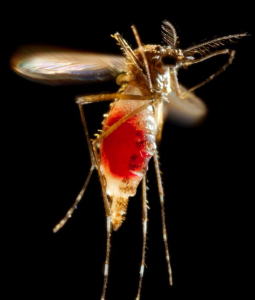Officials with the Philippines Department of Health–Epidemiology Bureau say that the number of dengue fever cases in the country during the first 5 1/2 months is up 41 percent compared to the same period in 2015.
Related: Angel Locsin recounts bouts with dengue fever
National data from the beginning of the year through June 2011 shows that the Philippines has seen a total of 52,177 dengue cases. This compares to 36,972 cases reported in 2015.

In all of 2015, more than 200,000 dengue fever cases and 600 dengue related fatalities were reported for the year.
Dengue fatalities are also up, nearly doubling the number in 2015 to date, 207 vs 129 deaths, respectively.
Calabarzon, the Central Visayas, Central Luzon, Northern Mindanao and Soccsksargen round out the top five regions in terms of dengue cases.
Dengue is a viral infection transmitted by the bite of an infected mosquito. There are four closely related but antigenically different serotypes of the virus that can cause dengue (DEN1, DEN 2, DEN 3, DEN 4).

Dengue has a wide spectrum of infection outcome (asymptomatic to symptomatic). Symptomatic illness can vary from dengue fever (DF) to the more serious dengue hemorrhagic fever (DHF).
- Dengue Fever (DF) – marked by an onset of sudden high fever, severe headache, pain behind the eyes, and pain in muscles and joints. Some may also have a rash and varying degree of bleeding from various parts of the body (including nose, mouth and gums or skin bruising).
- Dengue Hemorrhagic Fever (DHF) – is a more severe form, seen only in a small proportion of those infected. DHF is a stereotypic illness characterized by 3 phases; febrile phase with high continuous fever usually lasting for less than 7 days; critical phase (plasma leaking) lasting 1-2 days usually apparent when fever comes down, leading to shock if not detected and treated early; convalescence phase lasting 2-5 days with improvement of appetite, bradycardia (slow heart rate), convalescent rash (white patches in red background), often accompanied by generalized itching (more intense in palms and soles), and diuresis (increase urine output).
Related:
- General Santos City raise dengue alert, 159 percent increase in cases this year
- Philippines: Dengvaxia use arrives in Central Visayas
- Philippines: Lanao del Norte declared malaria free


5 thoughts on “Dengue cases up 40 percent in the Philippines in 2016”